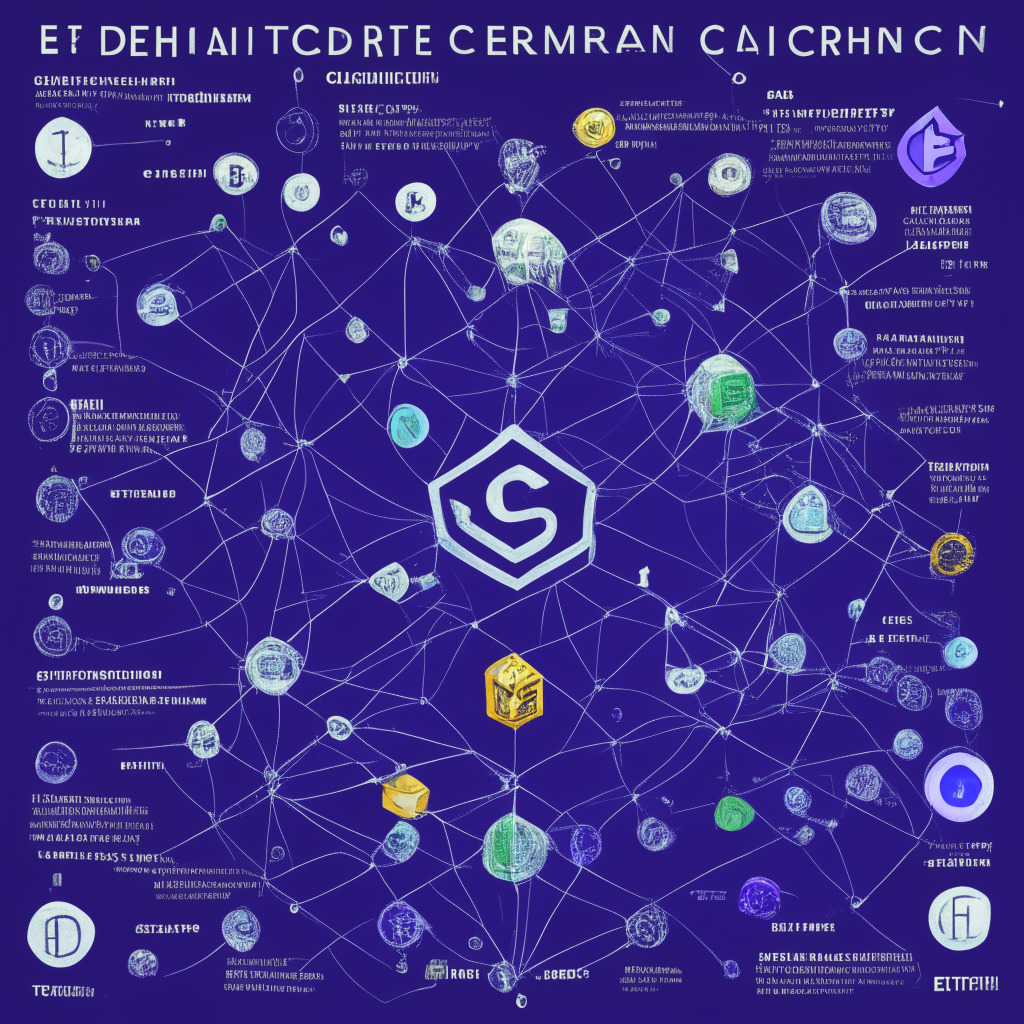Venture capital firm Andreessen Horowitz (a16z) is investing its time, resources and intelligence into the development of zero-knowledge (ZK) proofs, cryptographic tools attracting immense attention due their promising vision for scaling blockchains while preserving transaction privacy. New open-source software projects, Lasso and Jolt, stand testament to this direction.
Lasso, a unique method for accelerating ZK systems, provides about a 10x speedup over the lookup argument in the popular halo2 toolchain, while Jolt is described as a zero-knowledge virtual machine (zkVM). In the most simple sense, virtual machines are computers powered by software, not restricted by hardware boundaries, and they serve as the bedrock for numerous blockchains. ZkVMs, propelled by ZK technology, enter the frame when an operation demands paramount security and privacy.
In line with industry trends, investment star of the Valley, a16z seeks a more hands-on role in forming the tech that powers its portfolio companies. By propelling companies reliant on ZK tech, a16z is not merely gambling on faith; the firm believes that its contributions can catalyse success for those companies, and correspondingly, sweeten its bottom line.
While the firm’s first deep-tech research expedition signifies an intriguing milestone, it additionally underscores an emerging pattern of venture firms wielding greater control over the technologies they finance. Alongside monetary interests, the firm’s open source contributions can help consolidate its reputation amongst developers and builders, adding another feather in its cap in the race against competing firms.
ZK proofs, despite having applications beyond blockchain, have witnessed a surge of curiosity owing to their potential in optimising blockchain. They aim to “scale blockchains by doing the hard work off-chain, and only having the blockchain verify the proofs,” says Justin Thaler, an a16z researcher. This viewpoint implies that one can vouch for the correctness of the work without burdening all blockchain nodes with it.
Furthermore, Jolt is set to streamline the construction of zkVMs, offering a general-purpose framework which a16z regards as a more efficient, intuitive experience for developers. This attribute is crucial given that another subset of zkVMs known as zkEVMs are gaining traction, powering Ethereum’s Layer 2 scaling chains which have garnered impressive reserves in user deposits to date.
It’s evident that ZK proofs and associated technologies hold a pivotal role in the anticipated vision for blockchain. However, while this shift in blockchain scalability and privacy protection presents many advantages, critics may argue that this transition brings with it uncharted territories of potential vulnerabilities and challenges. As the world marches towards the blockchain future, the balancing act between innovation, security, and privacy only gets more complicated. And, the story of ZK proofs in this landscape has just begun.
Source: Coindesk




